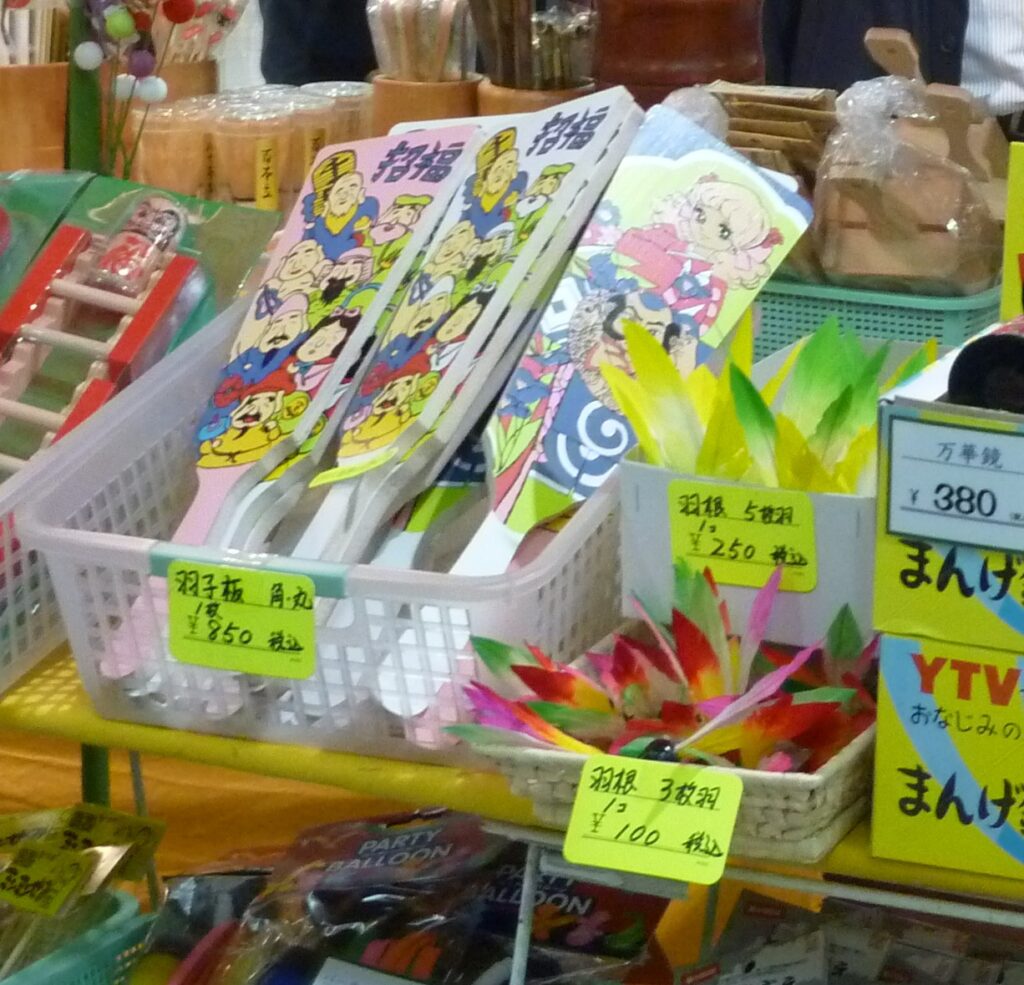Japanese New Years Traditions
One of the most important Japanese holidays of the year is New Years. In Japan, it’s not as common to spend the last night of the year partying or going out with friends. Families spend time together being cozy around a kotatsu (heated table). There are many Japanese New Year’s traditions, starting from New Years eve and going into the New Year!
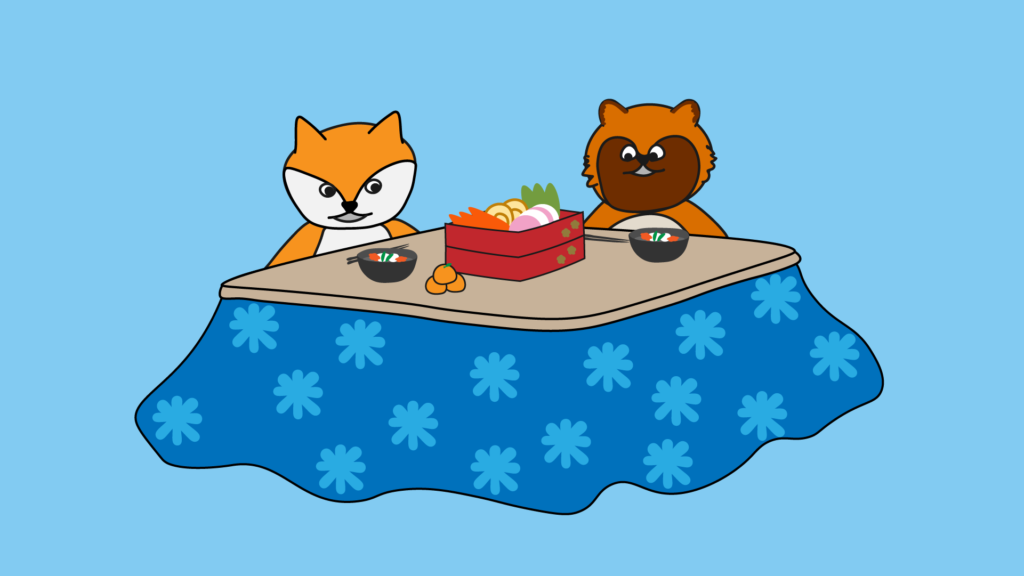
Tanuki will be spending time with Kitsune this year, enjoying some traditional foods like ozooni and osechi.
Before New Years Eve
Cleaning
An important part of preparing for the new year, is to clean the whole house. This is called oosooji and translates to “big clean”. It is the biggest cleaning event of the year. It’s believed to “purify” and get rid of any dust before starting fresh in the New Year.
New Years Decorations
After Christmas, people usually start putting up New Years decorations. Some examples of these are the kadomatsu (a set of three cut bamboo) that are thought to welcome luck and longevity, or the kagamimochi (two rice cakes stacked on top of each other) which acts as an offering to the Shinto gods.
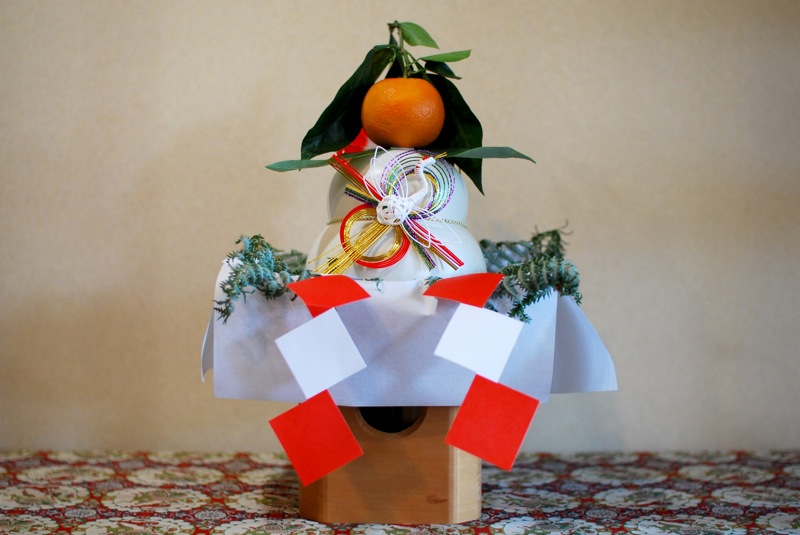
New Years Eve – Oomisoka
Kouhaku Uta gassen
This is a T.V. event that has been going on since 1951, where two teams red (female singers) and white (male singers) compete against each other. The year’s most popular artists get invited to the show and it’s a nice way for Japanese people to reflect on the year and enjoy New Years Eve. The winner is decided by vote, and it’s more symbolic than a real “competition”.
Toshikoshi Soba
Soba (buckwheat noodles) are typically eaten right before going into the New Year. Biting the slightly chewy soba noodles means that the hardships of the year are broken.
Joya no kane
Giant bells in the Buddhist temples (otera) start ringing around one hour before the start of the New Years. The bells are rung 108 times and they represent a purification.
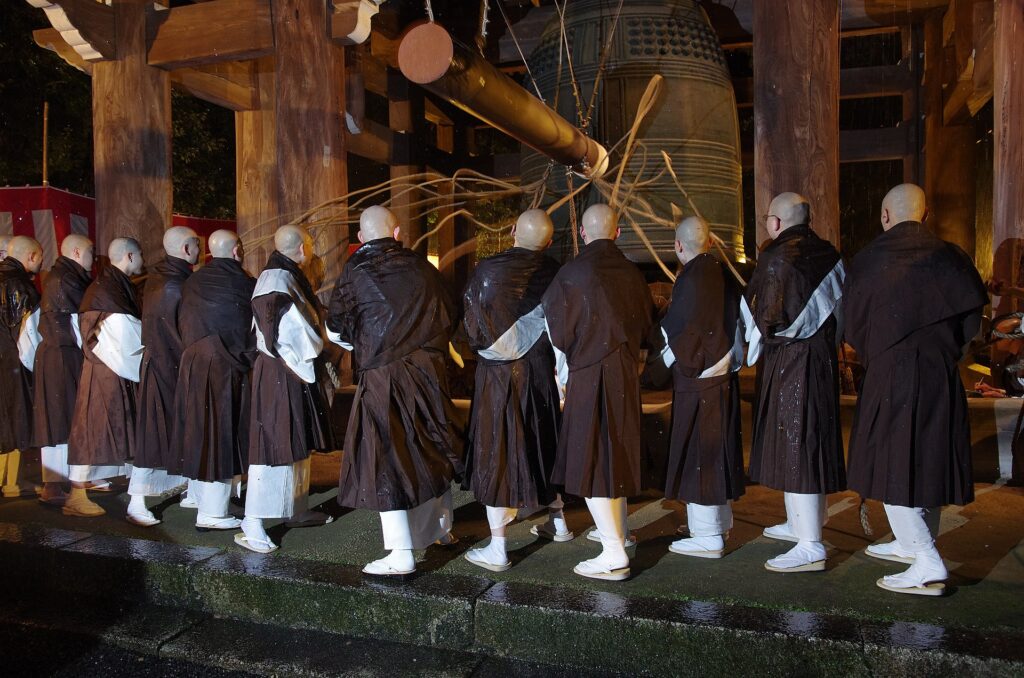
The New Year
Hatsumoude
On New Years Day, the first visit to either the temple (otera) or shrine (jinja) is very important. This is when people can make their first wishes for the New Year. You can also purchase omamori or good luck charms at this time.
Ozooni
This is a typical soup eaten on New Years day. It includes mochi (rice cake) inside a flavorful broth with some small garnishes. Different regions have differences in broths, shapes of the mochi, and other elements of this soup.
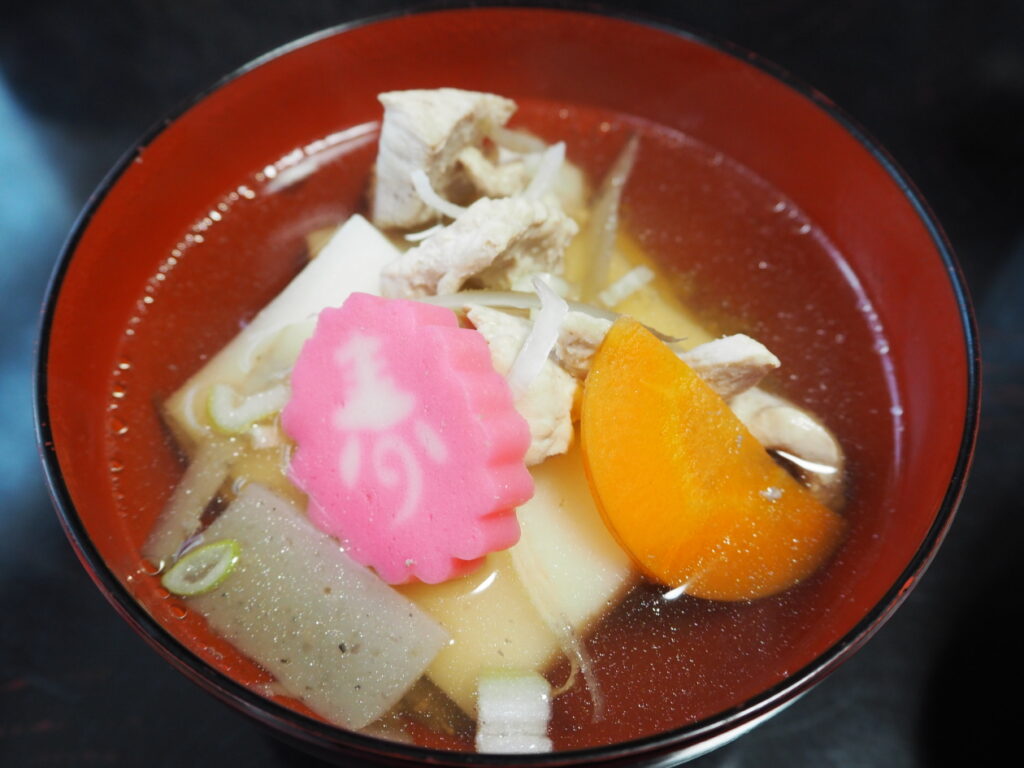
Otoshi dama
Kids look forward to otoshi dama during the New Year. Adults in the family will give kids small envelopes with some cash inside. Kids can decide what toys they want to buy with this money. It’s a good way for them to start learning how to save and spend money.
Osechi
This is an important Japanese New Years food that has many symbolic meanings. It’s typically put inside a box with many small dishes. These dishes are foods that won’t go bad quickly so that it can be enjoyed during the start of the New Year. Traditionally, families could invite guests over and keep refilling the contents of the box throughout the beginning of the year. These days, there are many fancy osechi boxes that can be bought so families don’t have to cook.
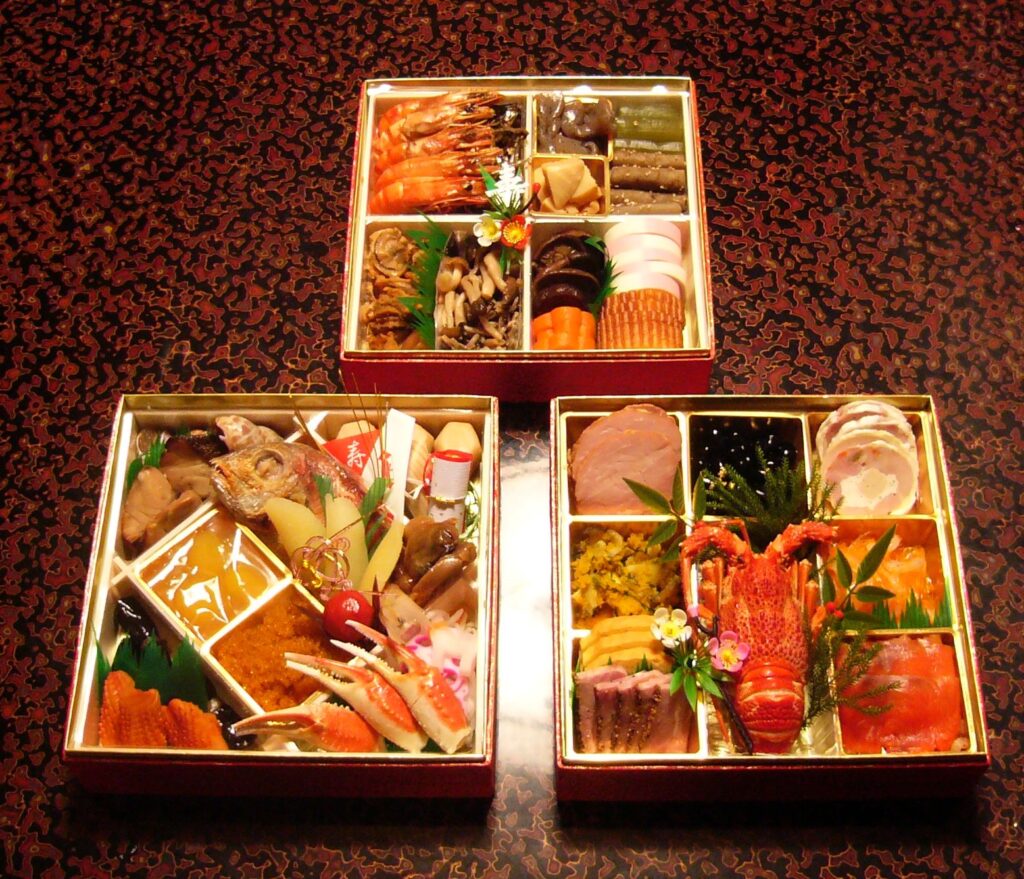
Hatsu yume (first dream)
The first dream of the year is considered extremely important. The dream will determine the course of the year. If you see Mount Fuji, a hawk, or an eggplant in your dream you’ll have good luck during the year.
Traditional games
During the beginning of the year, kids would enjoy hanetsuki (a game that looks a little bit like badminton), koma mawashi (spinning tops), and flying kites. Although it’s still a popular Japanese New Years tradition, it is slowly fading with modern entertainment.
Fukubukuro
This word means “lucky bag” and many department stores will sell limited quantities at the start of the year. These bags have a set price and the contents are kept secret until you open it. It’s possible to get high value items!
Japanese New Years traditions are not to be missed if you can experience it first hand. It is such an important holiday for Japanese people, and a moment when everyone can spend time with family and start fresh. If you’re interested in more Japanese culture content be sure to check out my articles like Christmas traditions in Japan: 4 unique traditionsor Unlucky and lucky numbers in Japan
~ Tanuki






